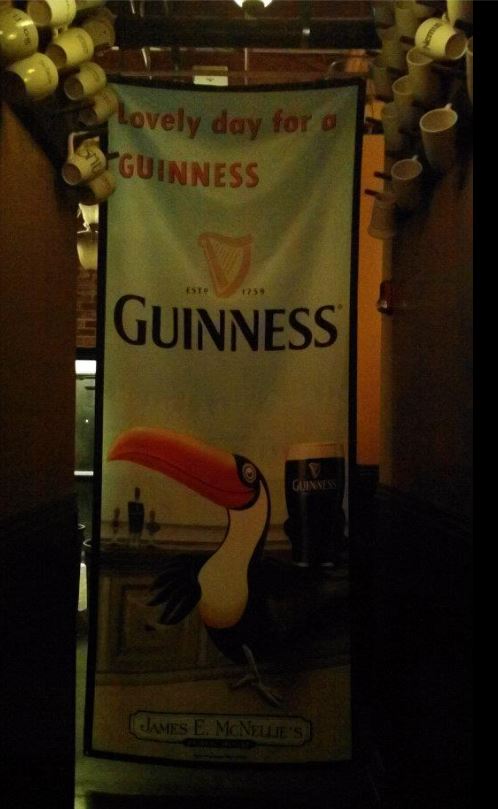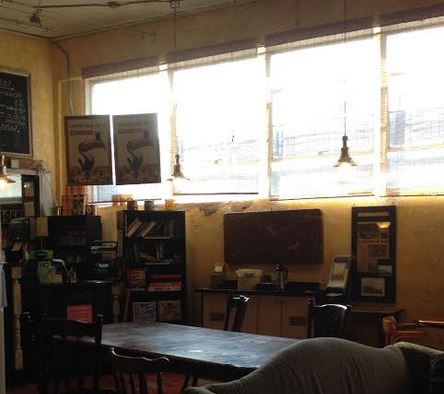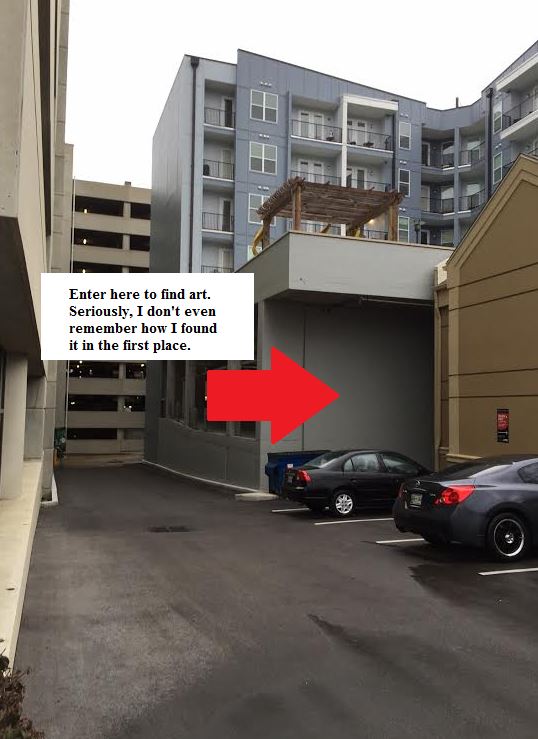Acquiring Taste.
When I was a kid I had a lot of food aversions. They weren’t allergies. I’ve been lucky to go through most of my life without any allergies until recently I discovered I can’t take the drug Fioricet which most restaurants only serve as a garnish. Mostly I didn’t like condiments–ketchup and mustard especially–although years later a combination of poor sex ed and fear of STDs would cause me to embrace condiments with relish. I even put ketchup on baked potatoes, and even still, well, you know the joke about Buddha going to a hot dog stand and saying “Make me one with everything.” Hot dogs especially were an issue for me. When my best friend Paul invited me over for lunch one day I wasn’t happy to learn we were having hot dogs. I was four years old and even though that’s young I’m pretty sure I’d had hot dogs before then, and yet I’d never really looked a hot dog in the face. Or rather the eye. I’m probably not going to win any endorsements from the Hot Dog Association of America here even though I went through a phase in college when my diet consisted of nothing but hot dogs and, out of necessity, the occasional bowl of bran flakes, but anyway at Paul’s I looked at the puckered end of my hot dog and just couldn’t take a bite. It’s not as bad as you might think. I felt like it was staring back at me. And this went on for years. I really didn’t like hamburgers either which I know drove my parents and teachers nuts, and to make it even worse I’d later learn one of my teachers had an undiagnosed nut allergy. All the adults in my life thought hamburgers were a special treat. Most kids I knew felt that way too. I was weird. It’s a lucky thing I wasn’t born a couple of generations earlier when there would have been something deeply suspicious about a kid who wouldn’t eat frankfurters and hamburgers while we were fighting the Germans, but that’s another story.
I realize there are some children who have genuine food issues, who may have allergies or other problems that cause an aversion to certain foods, and then there are kids like me who are just weird. Eventually I would come around on hot dogs and hamburgers, fortunately before I read Upton Sinclair’s The Jungle. I don’t know when exactly it happened or how but something just changed and I was fine not only with what, where I grew up, were everyday foods but also with trying new foods. When I was a teenager I tried sushi the first chance I got which horrified my parents even though they’d spent years telling me to eat whatever they served for supper. Then again it was the middle of August in downtown Nashville and the sushi was being served from a sidewalk stand which might not have been the best place to keep raw fish, but it was okay. Actually it was really good. Years later on one of our first dates my wife would reintroduce me to sushi and I think one of the things that confirmed for her that I was worthy was that I didn’t say, “Back home we call that bait” when she offered me a California roll even though there is a long and venerable family tradition of avocado fishing.
What brought all this to mind was thinking about tastes, how we acquire them and even how they change since I don’t think they’re hardwired at birth but evolve and change as we get older. I’m still not a huge fan of tomatoes or green bell peppers but I’ll eat them now even though for most of my life I looked at them with the same sort of revulsion I once felt for hot dogs even though vegetables have only stared back at me on very rare occasions. And I think our tastes are largely cultural even though we assume they’re deeply personal, which may be why we have a hard time accepting that other people don’t like the same foods we like. Some people even take this really personally. It’s weird. A conversation about movies might go like this:
“Hey, wanna watch Bloodbath At The House Of Death?”
“No, I don’t like horror movies.”
“Okay.”
Whereas a conversation about food might go like this:
“Hey, want a slice of zucchini?”
“No, I don’t like zucchini.”
“Have you ever tried zucchini?”
“Yes. I don’t like it.”
“No, your problem is you’ve just never tried a good zucchini.”
Food prejudice might be one of the most pervasive and invisible of all prejudices. Personally I’m fine with it if you don’t like zucchini or bacon or chocolate or sushi or whatever. Some people will go to culinary school and open their palates and plates to new tastes until they learn those hamburgers they loved as a kid really taste like greasy cardboard and some people will learn not to pick the green bell peppers of their pizza. As we grow we sometimes learn to hate things we loved and love things we hated, and while there’s nothing wrong with being willing to try sushi from a tent on a sidewalk in the middle of August there is something very wrong with looking down on anyone who wants to.














